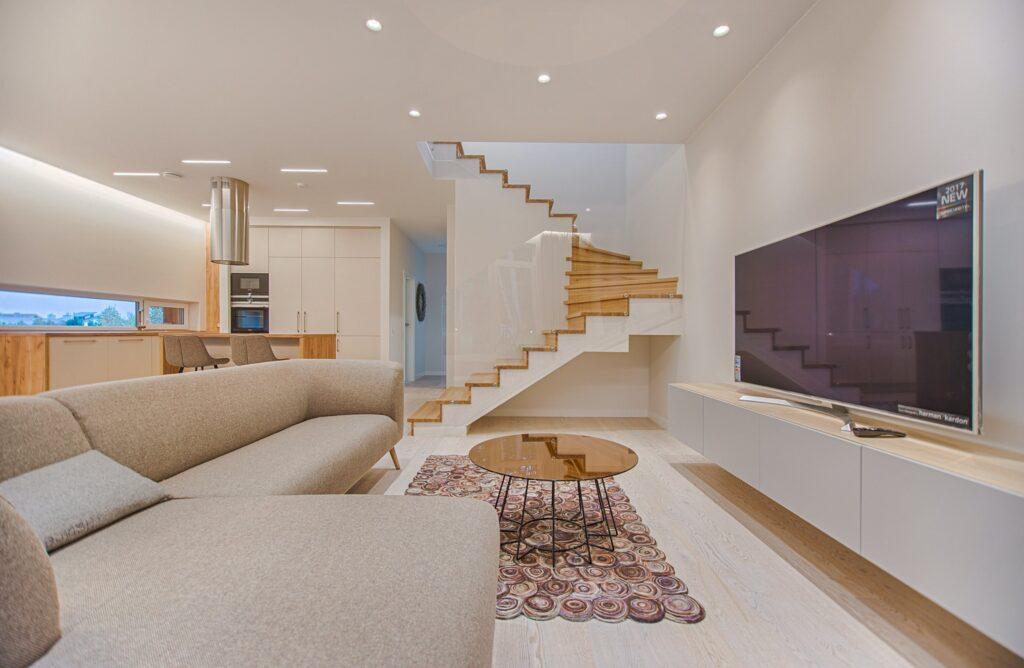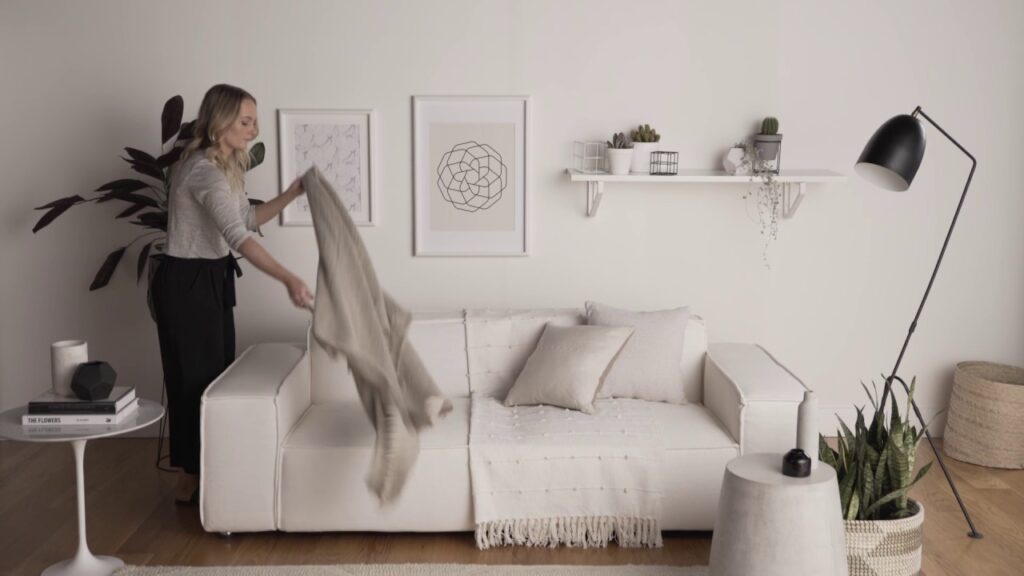Every home design enthusiast knows the name Pottery Barn, a revered icon in the furniture industry. Their range of stylish, durable, and trendy items are always in high demand among homeowners and interior decorators alike. Today, we’ll delve deeper into the realm of Pottery Barn furniture, examining its origins, craftsmanship, and the artisans behind these exquisite pieces.
Let’s explore the fascinating world of Pottery Barn furniture through the following key points:
- The Origins of Pottery Barn: This iconic brand started with humble beginnings and has grown to become a household name in furniture design.
- Pottery Barn’s Furniture Production: Each piece is a result of thoughtful design and meticulous crafting to ensure utmost quality.
- Craftsmanship of Pottery Barn Furniture: Exceptional skills and inventive designs contribute significantly to the distinct aesthetic of Pottery Barn pieces.
- Involvement of Independent Artisans: Pottery Barn collaborates with numerous independent artists, ensuring uniqueness and authenticity in their furniture items.
- Sustainability Impact on Manufacturing: Pottery Barn prioritizes sustainability in their manufacturing process, enhancing both product quality and environmental responsibility.
- Identifying Pottery Barn’s Furniture Makers: Discover the unsung heroes behind every beautifully crafted piece of Pottery Barn furniture.
That was a quick journey through the key aspects that form the bedrock of Pottery Barn’s reputation and success in the furniture industry.
An Overview of Pottery Barn Furniture
When it comes to furnishings that blend functionality with style, there’s much to admire in Pottery Barn’s offerings.
Their commitment towards incorporating craftsmanship into all their pieces is truly commendable.
By working with independent artisans, they bring an element of uniqueness and authenticity to their furniture.
Sustainability also plays a key role in Pottery Barn’s operations, making them a preferred choice for environmentally conscious consumers.
Contents
- 1. The Origins of Pottery Barn
- 2. Exploring Pottery Barn’s Furniture Production
- 3. Detailing the Craftsmanship of Pottery Barn Furniture
- 4. Involvement of Independent Artisans
- 5. Impact of Sustainability on Pottery Barn’s Manufacturing
- 6. Resolving the Mystery: Identifying Pottery Barn’s Furniture Makers
- The Craftsmen Behind
1. The Origins of Pottery Barn
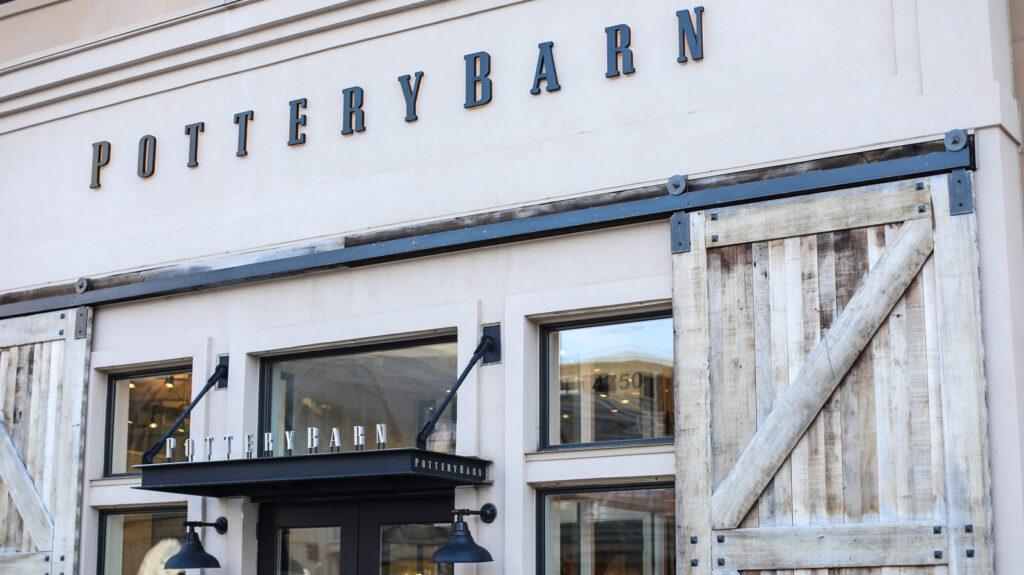
Bearing the vision of William and Catherine Larson, Pottery Barn found its roots in Sonoma, California in 1949.
The unique concept started as a single store selling slightly imperfect pottery and furniture items, a niche, yet appreciated market.
This modest beginning developed over time to focus on higher-end, stylish home furnishings that echoed class and comfort.
The game changer came along in 1966, with the release of their first catalog. It expanded their reach beyond local confines.
This strategic move not only broadened their horizons but also elevated Pottery Barn from a local outlet to a national brand overnight.
In 1986, the store reached another milestone as it was acquired by Williams-Sonoma, Inc., adding a new chapter to its success story.
Post-acquisition, the company saw substantial growth and diversification including the advent of spin-off brands such as Pottery Barn Kids.
Presently, Pottery Barn operates both retail stores and an e-commerce site offering an extensive array of home furnishings and decor items.
Their catalogue boasts collections ranging from furniture and bedding to lighting and outdoor furniture, catering to diverse audience preferences.
Last but not least, they’ve also grown their international presence significantly over time with shipping services reaching out to over 90 countries including Canada and Australia.
2. Exploring Pottery Barn’s Furniture Production
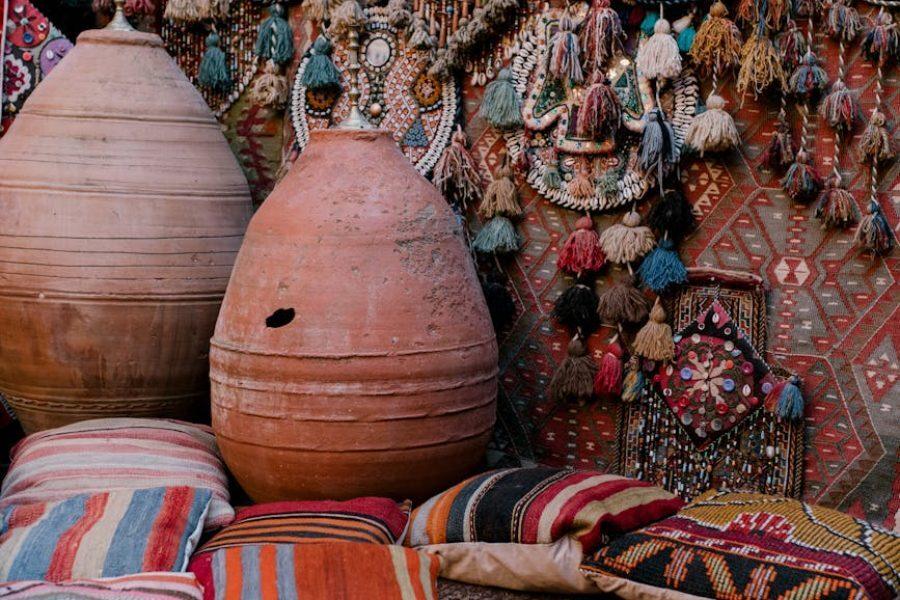
Pottery Barn’s commitment to quality is evident in their furniture production.
A recent partnership with Pure Salt Interiors led to a collection of over 20 distinctive rugs.
These rugs, carefully designed by Aly Morford and Leigh Lincoln, embody earth-toned aesthetics that add a touch of elegance to any room.
| Size | Shape | Price |
|---|---|---|
| 2’6”x8’ | Runner | $299 – $6,099 |
| 10’x14’ | Rectangle | $299 – $6,099 |
| 6’-8’ | Round | $299 – $6,099 |
| Prices vary based on size and shape. | ||
You can learn more about their production process and range from the source I found this data from.
The collection encompasses both full-size and runner rugs, along with round options for added variety.
All the rugs boast 100% jute hand-woven constructions with unique variations that are sure to capture your attention.
The added lines give these rugs a modern design while preserving their handmade appeal.
Through careful craftsmanship, Pottery Barn has managed to offer a wide range of elegantly designed rugs without compromising on quality.
3. Detailing the Craftsmanship of Pottery Barn Furniture
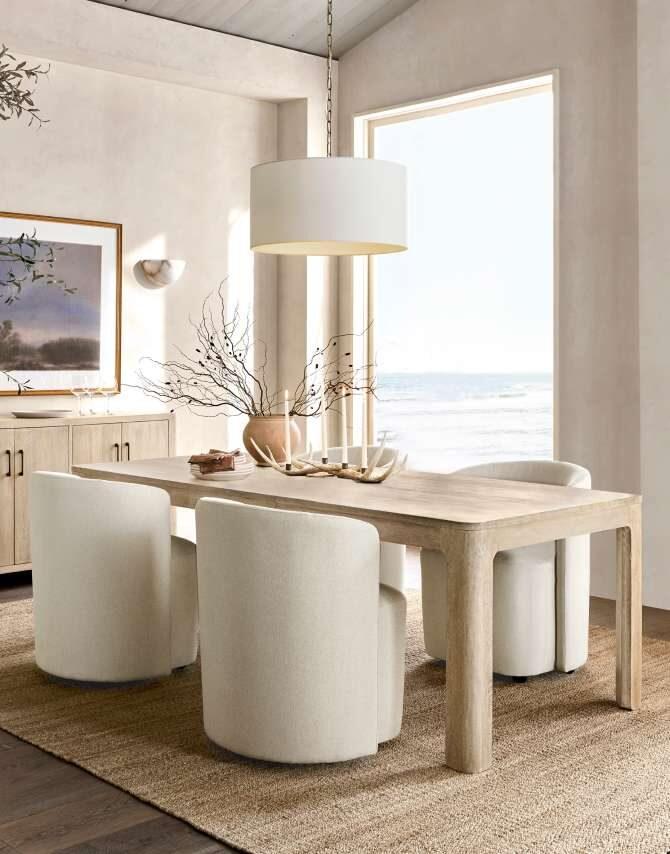
As a furniture aficionado, my pursuit of excellence always leads me back to one place: Pottery Barn. Each piece resonates with dedicated craftsmanship and meticulous attention to detail.
Exploring their collection, it’s evident how much effort goes into crafting their furniture both for indoor and outdoor use. From robust wooden dressers to exquisite decorative pieces, each item is built with exacting standards.
One can’t help but admire the design aesthetic that Pottery Barn adheres to. Their decor items are no less impressive, exhibiting an appealing blend of functionality and style.
Their accessories too add an extra layer of sophistication to our living spaces. Every product, from the smallest trinket to the largest sofa, exudes a timeless charm that transforms any space into a sanctuary.
“Each Pottery Barn product embodies meticulous craftsmanship, transforming simple materials into magnificent pieces of functional art.”
Not just catering to our aesthetic senses, their furniture also ensures ultimate comfort and durability. By delivering both style and substance, Pottery Barn remains a preferred choice for many.
Pottery Barn is not merely about furniture—it’s about creating beautiful, inviting spaces filled with warmth and personality. Their commitment to quality is palpable in every single item they craft.
4. Involvement of Independent Artisans
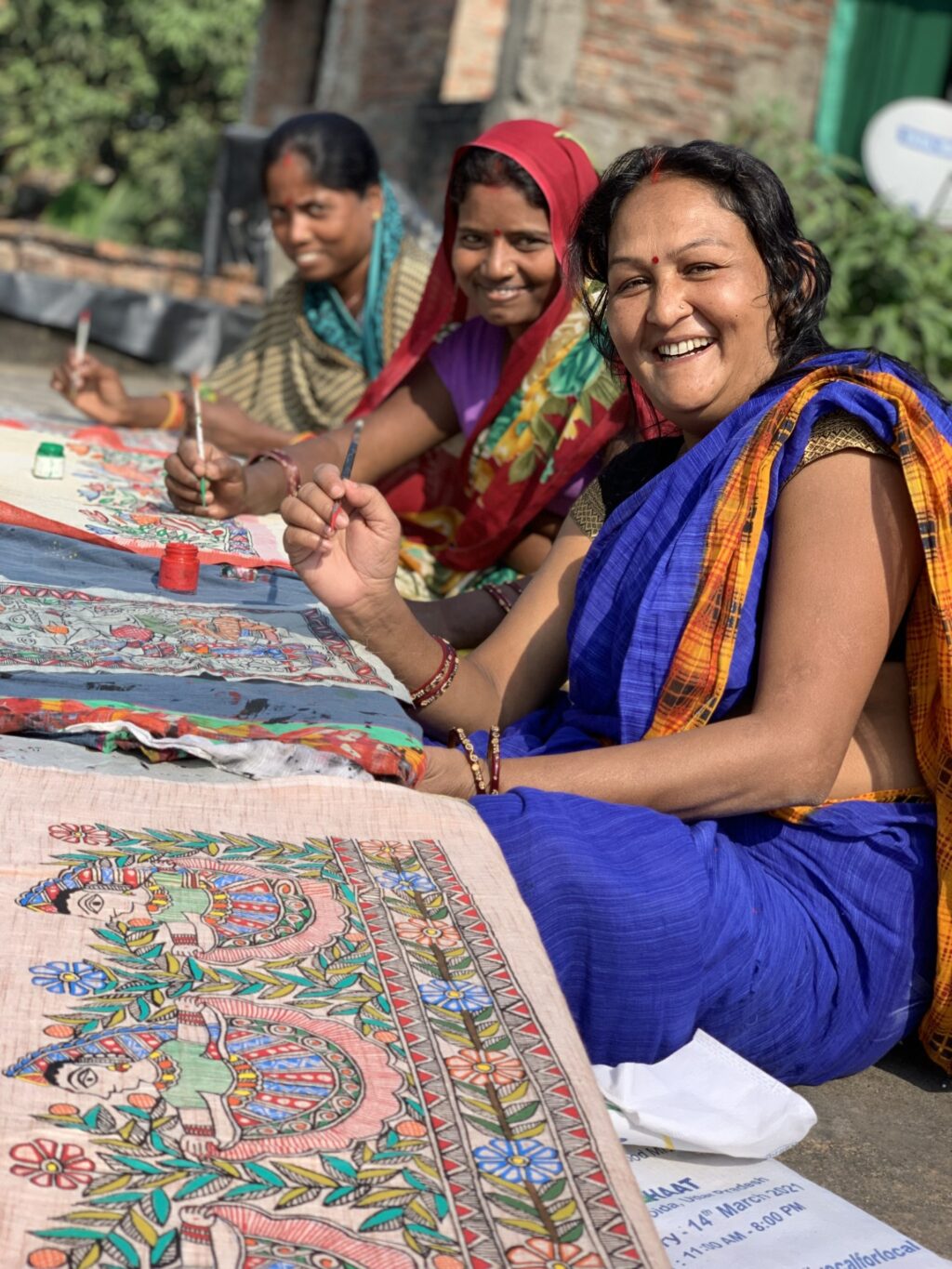
Supporting independent artisans is a cornerstone of Pottery Barn’s brand ethos.
Artisan Profiles and Inspiration
The company collaborates with a multitude of handmade crafts artisans worldwide.
This not only diversifies Pottery Barn’s offerings, but also boosts the local economies of these artists.
Immersive Customer Experience
Pottery Barn takes great effort to create an engaging experience for customers, strategically showcasing artisan-produced goods.
They use inspirational stories and tall images to highlight the products’ uniqueness and the expertise involved in their creation.
Cooperative Galleries:A Unique Approach
Cooperative galleries are another unique aspect of Pottery Barn’s endeavor to promote independent artisans.
The idea stems from the creators themselves curating their products within dedicated gallery spaces.
Fostering Artisan Communities
Maintaining business practices that focus on fostering artisan communities is a clear objective for Pottery Barn.
A shining example is Knoxville’s Maker Exchange in Tennessee – a haven for independent artisans.
5. Impact of Sustainability on Pottery Barn’s Manufacturing

Pottery Barn’s commitment to sustainability is apparent in their manufacturing processes.
The use of eco-conscious materials and responsible sourcing methods is a priority.
This not only reduces environmental damage but also enhances product quality.
Furthermore, their practices range from efficient water usage to recycling waste.
| Sustainability Measures | Impact |
|---|---|
| Eco-conscious Materials | Reduces Environmental Footprint |
| Responsible Sourcing | Supports Fair Trade and Local Expertise |
| Water Efficiency | Conserves Vital Resources |
| Waste Recycling | Limits Landfill Contribution |
| Source: Based on available information about Pottery Barn’s sustainability measures. | |
This table reflects some major actions taken by Pottery Barn toward sustainable manufacturing.
The company’s diligent efforts for sustainability reflect in its well-crafted furniture pieces.
Their ethical practices contribute to a better future, making the brand more desirable for consumers.
6. Resolving the Mystery: Identifying Pottery Barn’s Furniture Makers
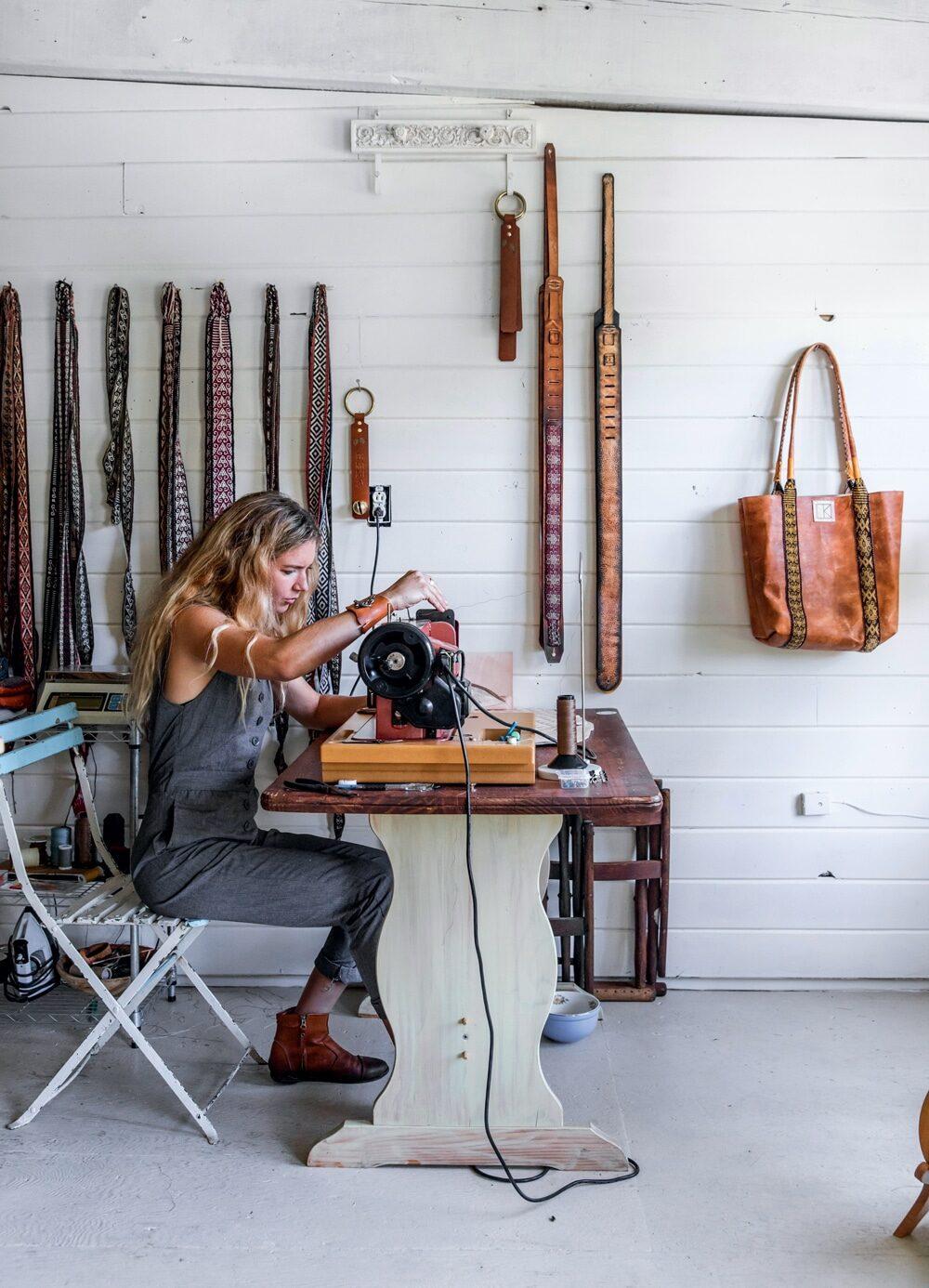
Are Pottery Barn And West Elm Selling Others’ Designs?
Pottery Barn and West Elm, both parts of Williams-Sonoma, seem to acquire furniture designs from manufacturers rather than creating their own.
What About Brands Like Burrow?
Brands like Burrow are more preferred by many as they design and manufacture their own furniture lines, providing unique style elements.
Is CB2’s Inventory Similar to Other Retailers?
You might notice CB2’s inventory overlaps with other retailers. Some of their pieces can also be found at local boutiques.
Who Supplies Furniture to Brands Like Pottery Barn?
Companies such as Four Hands play a crucial role in supplying furniture to various brands, including Pottery Barn, Restoration Hardware, and Design Within Reach.
How Can I Identify the Original Manufacturer?
The presence of Chinese knockoffs often makes identifying the original manufacturer challenging. However, tools like Spoken.io can help compare prices and list all stores selling the same piece of furniture.
Why Are Similar Products Sold By Different Brands At Different Prices?
This is due to the complexity of the furniture industry. Brands often rely on manufacturers for designs, leading to similar products sold by different brands at considerably different prices.
The Craftsmen Behind
Pottery Barn furniture is primarily produced by expert craftsmen in North Carolina, USA. They leverage both traditional techniques and modern technology, ensuring high-quality furnishings. Additionally, some collections are globally sourced from skilled artisans around the world. Despite common misconceptions, Pottery Barn is not a manufacturer but a curator of fine furniture.









